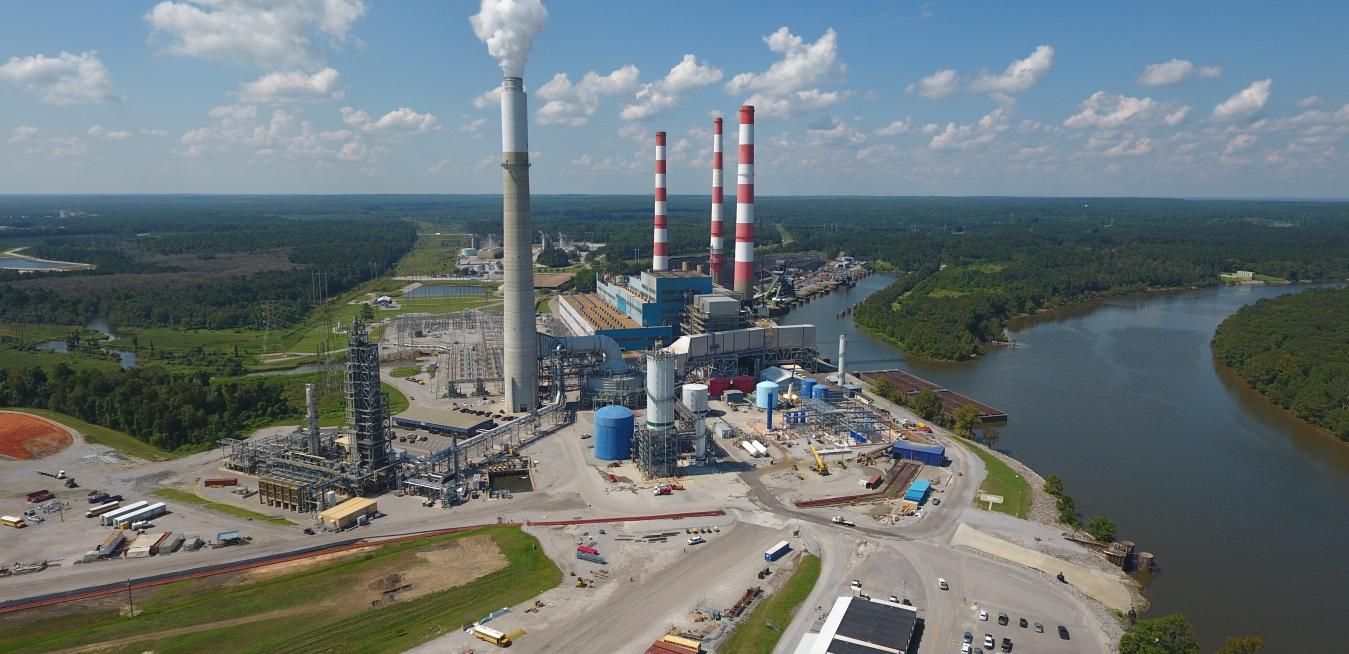- Carbon capture, utilization, and storage (CCUS) is a crucial pathway to lowering carbon emissions from power generation to near-zero levels
- GE-led project includes collaboration with Southern Company, Linde, BASF, and Kiewit
- GE Gas Power will develop a front-end engineering design (FEED) study with advanced technology and control concepts to integrate Southern Company subsidiary Alabama Power’s James M.
business unit
tags
It’s well accepted that natural gas power plants are an important part of the energy transition in support of more renewables being added to the grid. They can reliably generate hundreds of megawatts of baseload electricity with a relatively low carbon intensity and quickly adjust their output to match changes in demand and in supply from weather-dependent renewable sources like wind and solar farms.
The northern Appalachian region, covering Ohio, Pennsylvania and West Virginia, has helped America tap its energy reservoir over the past 150 years, supplying the country with its first oil and coal. Now the area’s industry is seeking to pivot, lead the country to a lower-carbon future and create new jobs along the way.
When GE released its Sustainability Report last June, it made a commitment to becoming carbon neutral in its own operations by 2030, and announced an ambition to be net zero by 2050, including Scope 3 emissions from the use of sold products. GE’s technology and its long innovation tradition are already helping customers find new ways to deal with looming challenges like the energy transition to address climate change. Take a look at our list.
Hello, Hydrogen







